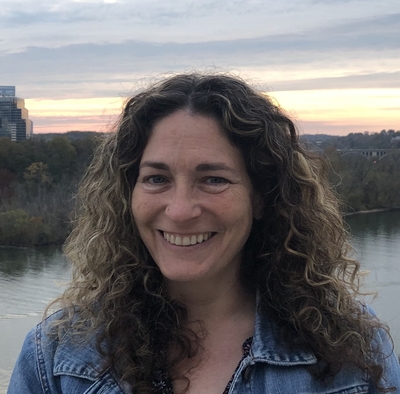
Natalie Porat-Shliom, Ph.D.
Stadtman Investigator
Thoracic and GI Malignancies Branch
NCI/CCR
Biography
Dr. Porat-Shliom received her B.Sc. in biology, M.Sc. in neurobiology, and Ph.D. in cell biology from Tel Aviv University, Israel. Her Ph.D. research was performed at the NIH through the Graduate Partnerships Program under Prof. Yoel Kloog (Tel Aviv University) and Dr. Julie Donaldson (NHLBI, NIH). For her postdoctoral training, Dr. Porat-Shliom joined the laboratory of Dr. Roberto Weigert (NCI, NIH), where she specialized in intravital microscopy, studying mitochondria in the salivary gland for which she received the NIH Pathway to Independence Award (K99/R00). In 2018, Dr. Porat-Shliom joined as a Tenure Track Investigator. Dr. Porat-Shliom serves on the editorial board of Cancer Prevention Research and participates in career development workshops to help guide the next generation of scientists.
Selected Publications
- Porat-Shliom N, Harding OJ, Malec L, Narayan K, Weigert R. Mitochondrial Populations Exhibit Differential Dynamic Responses to Increased Energy Demand during Exocytosis In Vivo. iScience. 2019;11:440-449.
- Meyer K, Ostrenko O, Bourantas G, Morales-Navarrete H, Porat-Shliom N, Segovia-Miranda F, Nonaka H, Ghaemi A, Verbavatz JM, Brusch L, Sbalzarini I, Kalaidzidis Y, Weigert R, Zerial M. A Predictive 3D Multi-Scale Model of Biliary Fluid Dynamics in the Liver Lobule. Cell Syst. 2017;4(3):277-290.e9.
- Porat-Shliom N, Chen Y, Tora M, Shitara A, Masedunskas A, Weigert R. In vivo tissue-wide synchronization of mitochondrial metabolic oscillations. Cell Rep. 2014;9(2):514-21.
- Masedunskas A, Porat-Shliom N, Tora M, Milberg O, Weigert R. Intravital microscopy for imaging subcellular structures in live mice expressing fluorescent proteins. J Vis Exp. 2013;(79).
- Weigert R, Porat-Shliom N, Amornphimoltham P. Imaging cell biology in live animals: ready for prime time. J Cell Biol. 2013;201(7):969-79.
Related Scientific Focus Areas
This page was last updated on Friday, May 16, 2025


